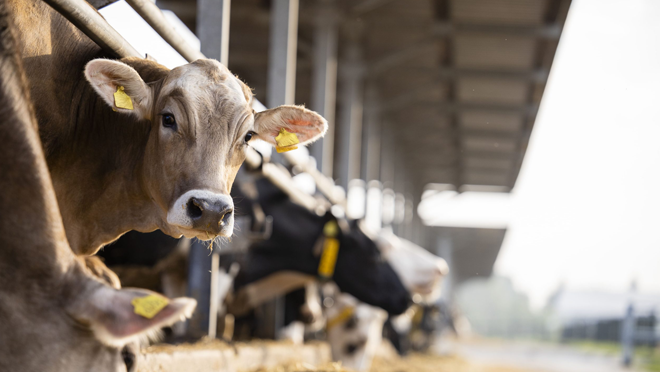Monday, 27 October 2025

The World Organisation for Animal Health (WOAH) has issued a global alert following the detection and continued circulation of the H5N1 avian influenza subtype in cattle, marking a significant shift in the virus’s host range and raising concerns over its potential public health and trade implications. Classified as an “emerging disease,” the presence of H5N1 in dairy herds underscores the virus’s capacity to adapt to mammalian systems, heightening both transmission risks and the likelihood of new viral strains with broader geographic reach.
WOAH has called on all member states to strengthen surveillance frameworks, prioritize early detection, and report any confirmed cases through the World Animal Health Information System (WAHIS) to ensure real-time transparency and coordinated global response. The organization stressed that while the virus carries serious animal health implications, any trade restrictions must be grounded in sound scientific risk assessments and aligned with sanitary standards under the Terrestrial Animal Health Code. The objective is to safeguard market stability and prevent unnecessary disruptions in the international dairy value chain.
For dairy producers, the implications are immediate and operational. Infected cattle have exhibited marked declines in milk yield alongside changes in milk consistency, shifting to a thicker, colostrum-like texture. WOAH emphasizes reinforced biosecurity protocols at the farm level—including rigorous equipment sanitation, controlled human and animal movement, and strict personal hygiene practices. Public health authorities have reiterated that consumers should refrain from consuming raw or unpasteurized milk and dairy products from unverified sources.
This renewed global alert serves as a critical inflection point for the dairy industry, illuminating the intersection of animal health, market continuity, and food safety. As surveillance and response frameworks are reassessed, the emphasis remains clear: early reporting, science-driven policy decisions, and heightened farm-level precautions will be essential to mitigate risks and safeguard both livelihoods and public health.